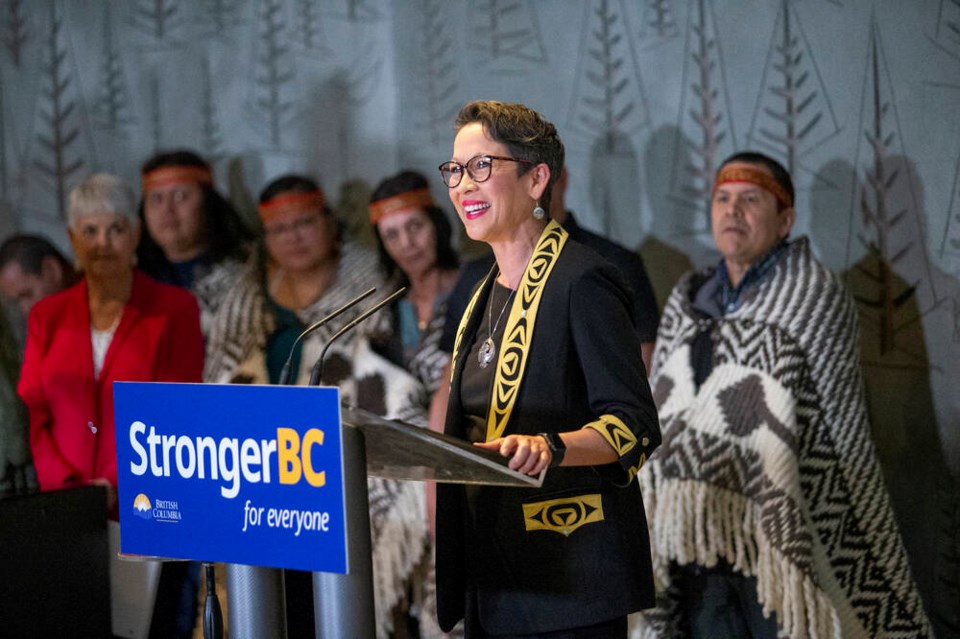“The medium is the message.” So said Marshall McLuhan when he summed up his celebrated cultural theory that the way people receive information shapes how they perceive and understand it so much that the medium becomes more important than the message itself.
In this regard the Royal sa���ʴ�ý Museum’s and the government of British Columbia’s plodding and halting series of announcements over the past six months have failed miserably at drumming up the kind of public excitement and support that are necessary for the scale and scope of change currently being proposed.
The revisioning of the curation and interpretation of the museum’s permanent exhibits is certainly long overdue, as is the very necessary physical remediation of the main buildings on site — these are needs that have been identified over and over again in museum and government reports since at least 2010.
This is the first time in more than 30 years that the provincial government has given the museum and archives the attention that these beloved and important cultural institutions deserve (this historical neglect now brings us to the point of having to demolish rather than renovate, expunge rather than return stolen artifacts and reimagine historical narratives).
Months ago, the public should have been presented with one clear, well-crafted, sincerely communicated information package that includes the important rationales for the plan, including clear reference to previous revitalization plans, a timeline explaining, in broad terms, each stage of the closure and rebuild, a schedule of soon-to-be early-engagement opportunities and pop-up and online exhibits that people can look forward to and anticipate, and that provides some early visions of the future facility and the role that it will play in the province.
This should have been shared, with local Indigenous leaders and the museum board and senior staff present, at a press conference and distributed through various government, museum and cultural media channels.
Instead, ever since the announcement of the closure of the third floor in November, which was at the time untethered from the government and the rest of the public-facing plan that has slowly materialized, the public have received a series of haphazard, poorly communicated, poorly organized and poorly curated announcements — this last one being disastrously timed and absolutely tone-deaf amid the largely under-acknowledged crises British Columbians are currently facing — that have seemed insincere, secretive and patronizing.
The result is that rather than giving cause to celebrate the revitalization of a deeply flawed but beloved institution, it feels more like a slow erosion in which an amateur-hour communication strategy leaves the impression that everyone in charge is either dishonest or inept or both.
The amount of distrust and animus that the current communication plan (or absolute lack thereof) have caused was totally avoidable and now threatens the museum’s future, if government opposition voices rising in response to widespread public hostility for the project are to be believed.
The medium certainly is the message, and in this case the medium falls woefully short.
• To comment on this article, write a letter to the editor: [email protected]



